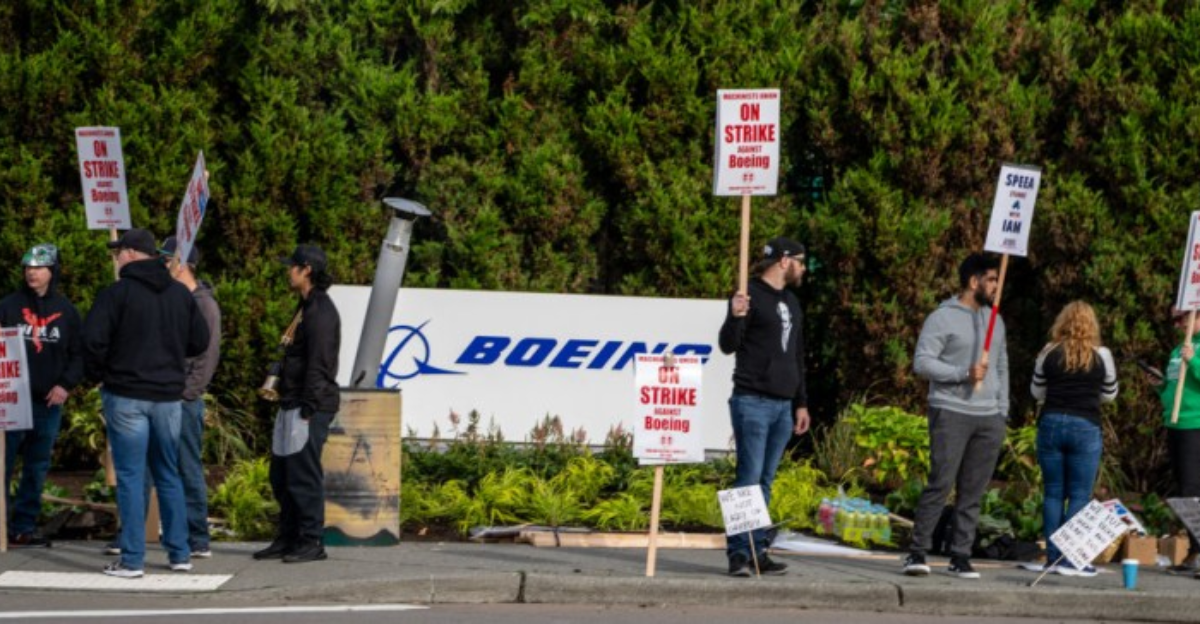
They were supposed to say yes. That was the expectation. After all, Boeing had dropped what it called its “best and final” contract on the table, and union leaders backed it. But the machinists (more than 3,000 of them) shot it down fast and loudly, too.
Now, more than 3,000 workers who help build some of the country’s most important fighter jets are inching toward the exit doors, with a strike creeping closer by the hour. This faceoff, staredown, tug-of-war (whatever you want to call it) just got serious. A nerve’s been hit and nobody’s backing away. Not yet. Who’s going to blink first? Well, keep reading. Things are about to get messy in all the ways that matter.
What Boeing Thought Would Seal the Deal
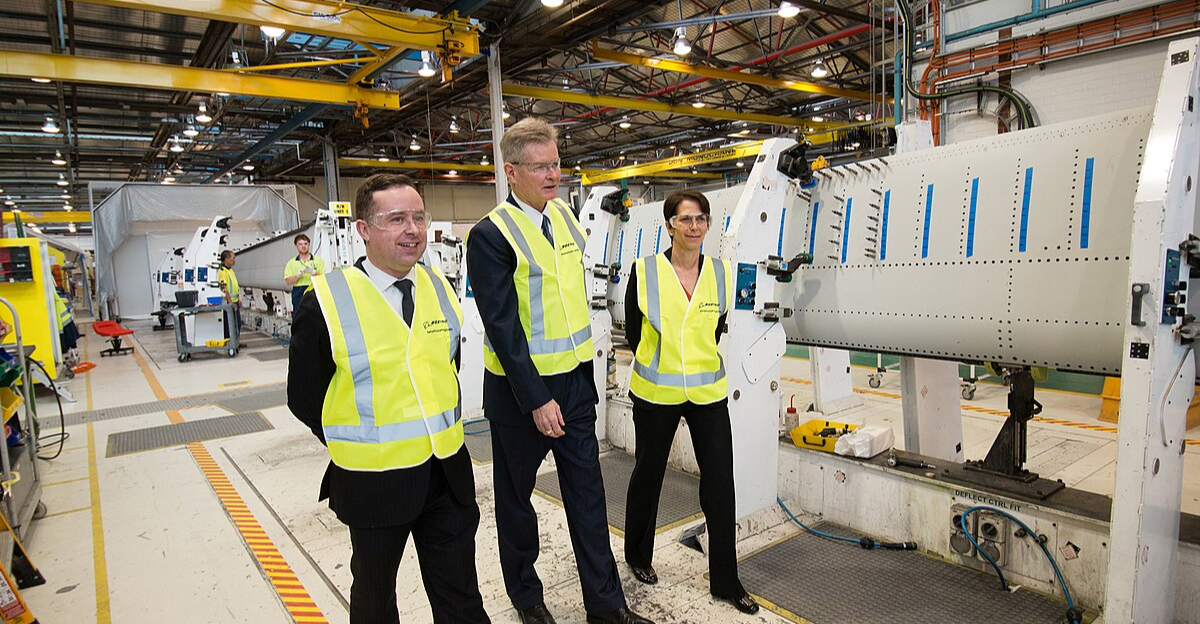
From the outside, it looked solid. Boeing’s offer promised a twenty percent wage increase spread over four years, along with improved medical coverage, more vacation time, and a modest pension boost. They even called it the richest offer the union had ever seen. That phrase got repeated a lot, like it was supposed to land differently each time. But if the deal had truly landed, workers wouldn’t have rejected it in such overwhelming numbers. Clearly, something didn’t sit right. On paper, it might have looked like progress, but in practice the offer missed something deeper that workers couldn’t ignore.
The Workers Had a Very Different Read
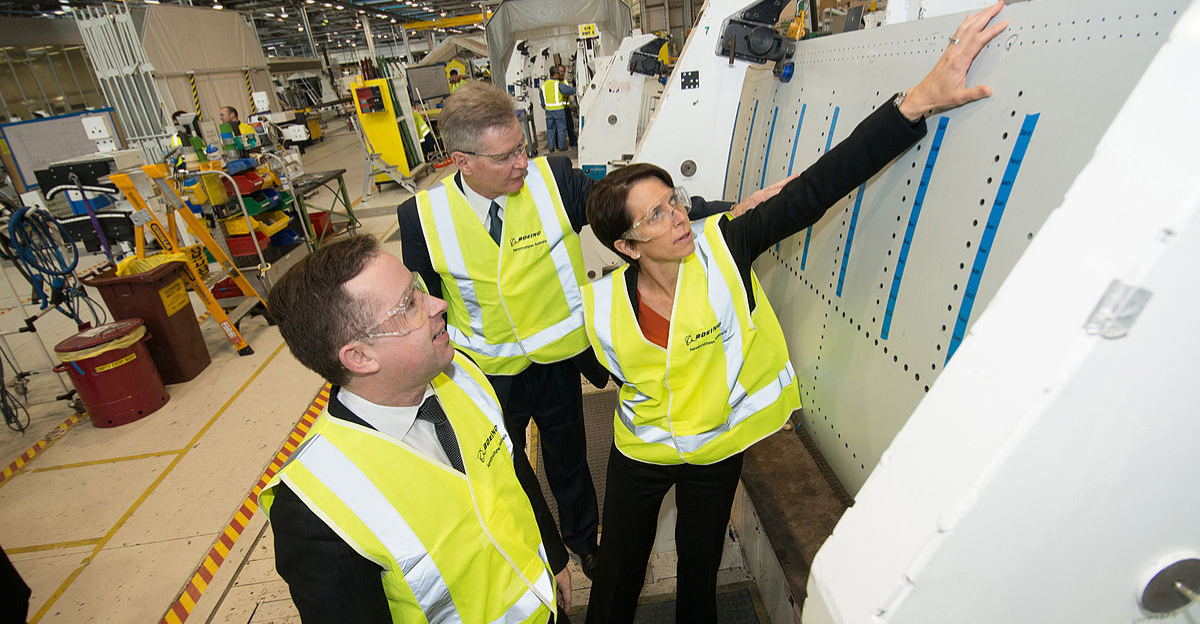
They saw the numbers too. And then they saw right through them. After missed raises and rising costs, and after watching corporate wins stack up from the sidelines, this offer felt overdue.
Like finally being invited to dinner after the plates are cleared. Some machinists pointed to inflation. Others to the last deal, where promises fizzled. There was talk of respect, of long hours with no cushion, of younger workers getting boxed out of real retirement. So when Boeing pitched its “landmark” contract, workers didn’t respond with gratitude. The frustration started quietly, gathered strength, and eventually became impossible to ignore.
Fighter Jets May Soon Be Missing Their Builders
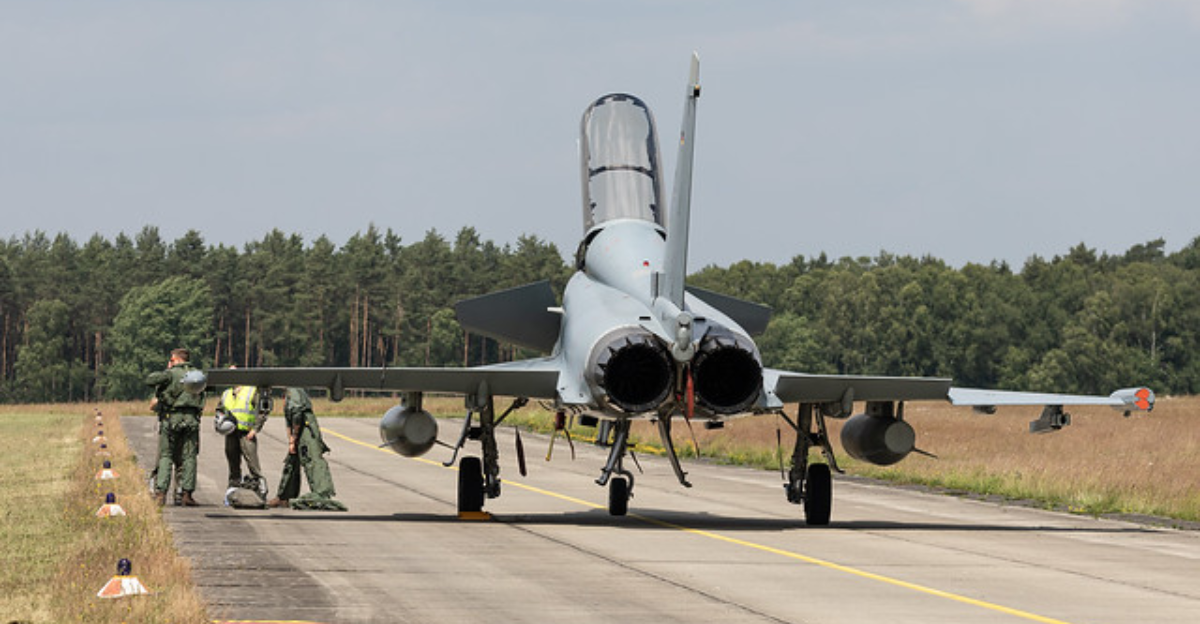
The work happening inside these factories isn’t ordinary. This is where Super Hornets, Red Hawks, and classified next-gen fighter prototypes come together. The work is precise, complicated, and essential. Should the workers strike, delays will follow. Production won’t move, orders will pile up, and major defense contracts might have to be reconsidered.
The impact would stretch far beyond Boeing, reaching the Pentagon, international allies, and the production timelines tied to defense readiness. The kind of ripple effect that doesn’t just sit quietly in the background. You lose this workforce, even briefly, and the impact won’t take long to show. The planes don’t build themselves.
The Clock Is Ticking But Not to Midnight

Technically, they’re still on the job. For now. The contract expired, but a federal cooling-off period means no strike until after August 4. Which sounds far away—until you realize how fast tempers can boil in 7 days. Talks have stalled, and both sides are holding firm. The union is standing by, and Boeing insists it’s ready for whatever comes next.
Meanwhile, the clock just keeps moving. And every passing day without movement feels a little heavier than the last. This isn’t the calm before the storm. It’s the quiet where everyone’s watching the same deadline and wondering who’s going to make the first real move.
Why This Isn’t Just About Paychecks
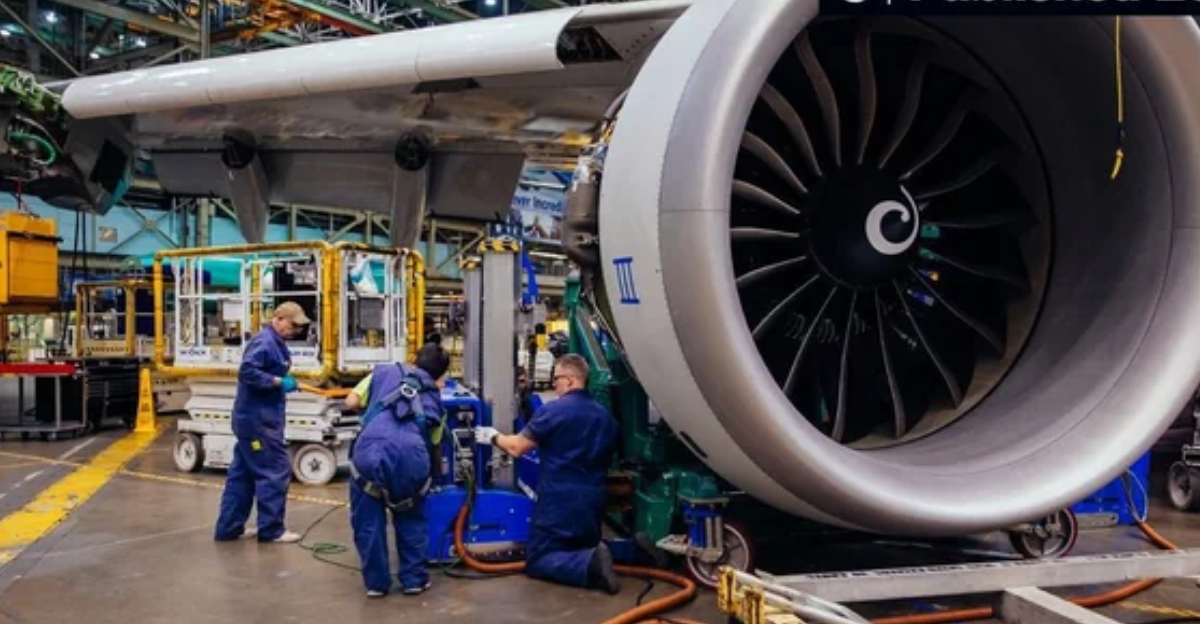
If this were only about the money, maybe it wouldn’t have come to this. But it’s not. Not entirely. Workers are raising concerns about broken trust, disappearing jobs, and retirement plans that feel more like accounting tricks than real promises.
Some mention the last contract, and painfully recollect what they remember was left out. Others talk about being stretched thin while Boeing posts gains and execs collect bonuses. There’s a gap here, not just in dollars, but in how both sides see value. The company says it’s offering more than ever. The workers say that still isn’t enough. Not anymore.
What’s At Risk If the Tools Go Down

What’s being built here are combat aircraft, not luxury goods or commercial planes…machines tied directly to national defense and global commitments. The F/A-18s for the Navy. The T-7A Red Hawks for training new pilots. And then there’s the classified stuff: the next-gen fighters the Pentagon won’t officially name but everyone knows are in the works. If workers walk out, the consequences will stack up quickly, from missed deadlines to disrupted defense programs and readiness setbacks.
Some countries are waiting on these planes. So is Congress. So is the Department of Defense. And right now, everything depends on a workforce that just said no. Loudly.
Boeing Is Holding Its Line For Now
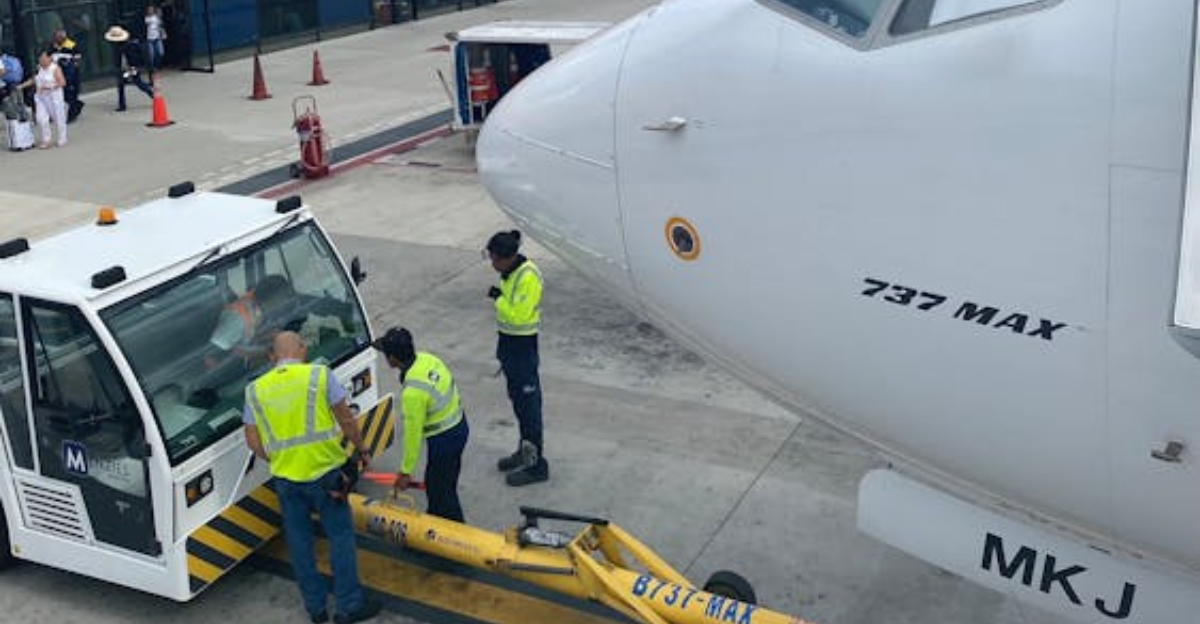
After a rejection this overwhelming, most would assume more talks were coming. But Boeing’s holding its ground. No new meetings on the calendar, no changes to the offer, just a press release praising the deal and a vague reference to backup plans.
Translation? They’re preparing for a walkout, not preventing one. It’s the kind of move that either signals confidence or complete miscalculation. Maybe both.
While Boeing stays quiet, the union is organizing behind the scenes, and both sides are holding their ground without showing any signs of backing down.
The silence between them says a lot. And with each day, that silence gets a little louder.
Déjà Vu in the Sky? Lessons From the Last Walkout
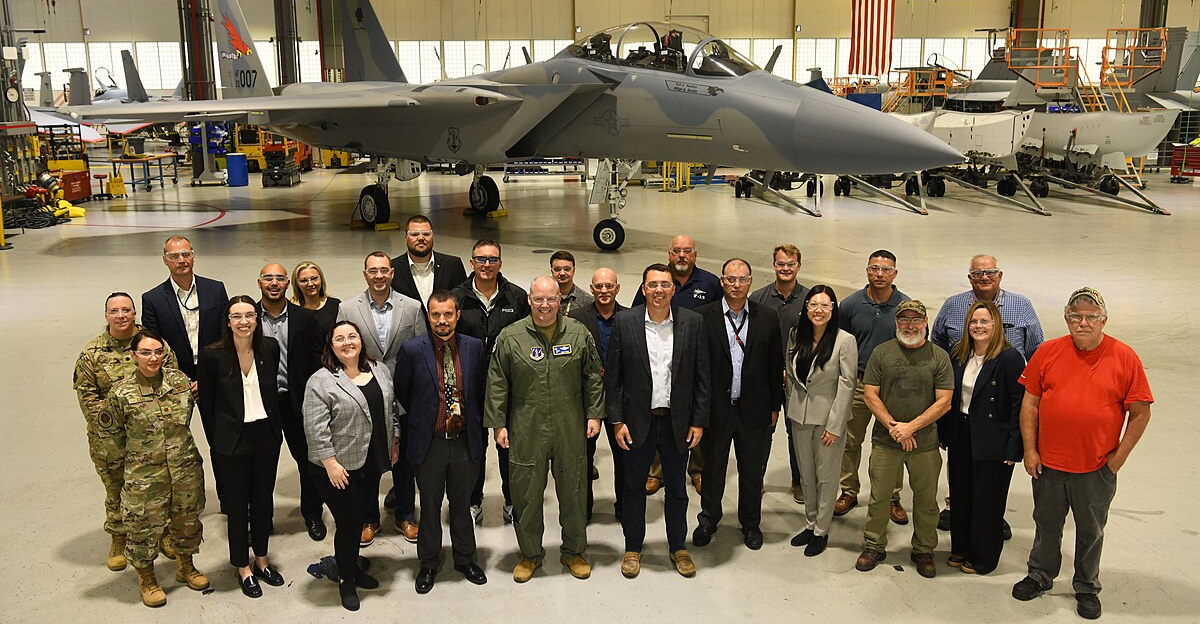
People still remember what happened in 2024 when machinists in Seattle walked off the job. Planes weren’t the only thing affected by that strike. Schedules fell apart, budgets took a hit, and investor confidence slipped fast.
It ended with a 38 percent wage bump and Boeing scrambling to catch up. This time, it’s the defense side under fire. Different cities, different planes, but the same underlying tension. Workers feel overlooked until they make noise.
And anyone who thinks this will quietly blow over hasn’t been paying attention to how the last one ended.
Eyes on August 4

Everything’s pointing to that date. No strike can legally happen before then, but after? All bets are off. If nothing shifts, more than 3,000 workers could walk out, and the factories behind some of the military’s most vital jets could fall silent. Work would come to a full stop. The machines go quiet, the floor goes still, and the only activity left is happening on the sidewalks.
It’s not a bluff. Both sides are acting like they’re ready. The union’s organizing while Boeing’s circling its backup plans. And while the countdown continues, everyone’s watching the calendar like it’s holding a secret. Because maybe it is. Maybe August 4 decides a whole lot more than just contracts.